Cool Schools: 3 High School Options in Tacoma
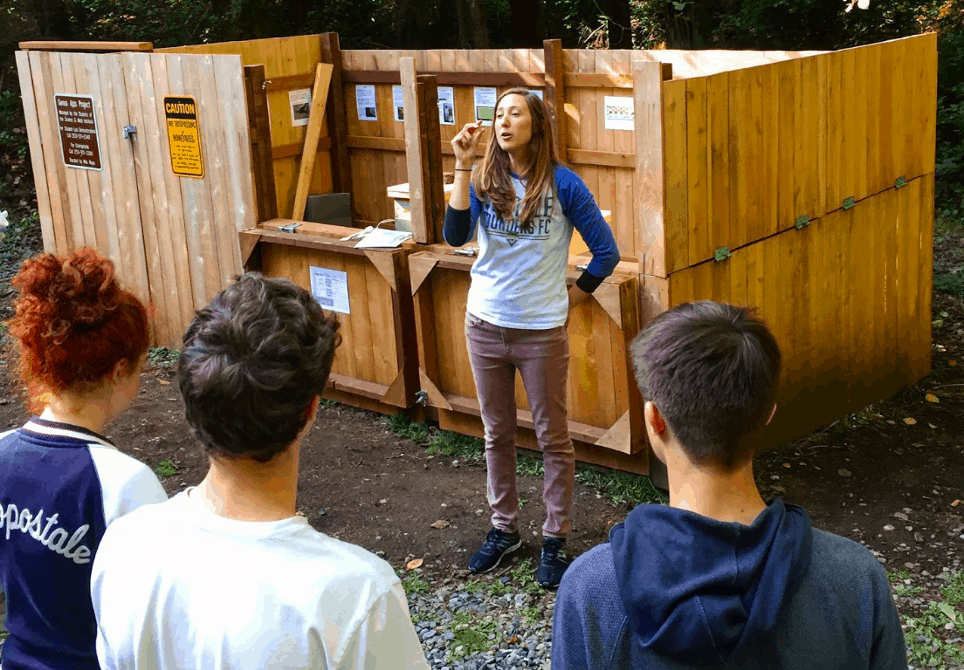
For 16 years, Tacoma School of the Arts (SOTA) has provided a downtown alternative high school experience for South Sound students.
In 2009, Tacoma Public Schools opened the Science and Math Institute (SAMi), at the Point Defiance Zoo. This year, they added the Industrial Design Engineering and Art (iDEA) to the mix.
These three schools, along with two other small supportive alternatives, provide high school options for the urban district serving over 28,000 students. Each of these schools takes advantage of their unique location to provide students with the opportunity to explore passions and connect to the community, in a much deeper and genuine way than you may see at most high schools.
The three schools, although each very different, can pull from the small network that they have created to provide more comprehensive experiences for their students, who often move between the three schools on a shuttle bus, allowing them to take advantage of wider offerings. The day we visited, there were 30 SAMi kids at SOTA for two periods. Athletes can also pay sports for their home school. All three schools run on 4×4 block (M/W periods 1-4, T/Th periods 5-8) with a late start on Fridays for professional learning and Adventures and Applications (A&A).
Founder and co-director Jon Ketler (@jonketler) organized a nonprofit organization, Elements of Education, to support SOTA and its newer companions. Elements of Education also supports Xplore, a summer program for third-fifth graders, and the NEXT MOVE Internship program which placed about 250 district students last year. Here’s a video recap of our visit with more details on each school below.
Tacoma School of the Arts
Spanning several old retail locations on the main drag in Tacoma (including an old music store and post office) is SOTA. From day one, students have the freedom (and responsibility) to move between locations, partner sites and downtown eateries. “It’s a school where It’s up to you,” said a senior.
Students get to pick from 10 majors in performing and visual arts, instrumental and vocal music.

Seth (above left), created an advanced class on audio recording and producing as his culminating senior project. Together, students produce a CD that sells at SOTA’s annual fundraiser.
Fundraising helps pay for adjunct performers and artists to bring depth and application to students at all three schools. Below Kareem Candy, a local musician, teaches an improv jazz class.

While visiting we observed students practice for their dance project. Each semester dance majors perform their two-minute solo which they create and perfect throughout the semester. Meanwhile, visual art majors benefit from a partnership with the Tacoma Art Museum and the Museum of Glass.
Core classes are offered in a rather traditional format with occasional collaboration with arts classes, but students appreciate the ability to incorporate artistic response into their summative assessments.
Perhaps the favorite of this visit was how proud each junior and senior were of their internships, and how thankful they were for the team at SOTA for helping them find an internship that fits their path forward and where they’re headed after high school.
Science and Math Institute
Jutting into the South Sound on the north end of Tacoma is the massive Pt Defiance Park and Zoo. Deep in the 700 acres of park woods in an old railway clearing is a line of portables that is home (for now) to the Science and Math Institute (SAMi).
Four hundred and sixty-eight students (they hope to get closer to 500 soon) are primarily in the portables, wrapped in images of evergreen trees to help them feel more at home, but they also travel through wooded hallways to the education center at the zoo and aquarium, while their new education center (set to open next year) is constructed.
SAMi is a great example of place-based education. They’re almost always using the area and resources around the school to help teach students important skills and concepts. From visits to local old growth forests so students could compare those forests with their own, to using forts located on the park grounds.
An improved and strong relationship with the Zoo has created rich learning opportunities for students. After school, students serve as docents and many hold internships at the Zoo. In the featured picture above for this blog, the chemistry teacher makes use of a student created beekeeping station to help teach students about cell nucleus, protons and neutrons.
 After working in a summer conservancy, a humanities and biology teacher teamed up to create “biomanities.” They decided that instead of team teaching and splitting up a block period, the two have created ways to teach students biology and humanities as one and how they often work together or depend on one another.
After working in a summer conservancy, a humanities and biology teacher teamed up to create “biomanities.” They decided that instead of team teaching and splitting up a block period, the two have created ways to teach students biology and humanities as one and how they often work together or depend on one another.
While visiting we met Kennedy (right), a senior SAMi. During regular Friday A&A, Kennedy decided to start a study group called America Through the Lense of Blackness.
Her project has informed and enriched her school community and helped her decide that whatever she does, she will be a social justice advocate. “SAMi helped me run with my passions.”
Industrial Design, Engineering and the Arts
The newest of the three Tacoma options opened this year and is focused on industrial design, engineering and the arts (iDEA). iDEA is housed in an old elementary school in south Tacoma that’s been vacant for a few years.
Similarly to SAMi and SOTA, iDEA launched with just a ninth-grade class and will expand on that each year. Ketler and his co-directors believe it is critical to lay the foundation of a positive culture.
As in all three of the schools, freshmen students experience all of the pathways, then pick two to focus on in sophomore year, then by their junior and senior year they’re expected to pick one to go deep in until graduation.

Using a unique model to help bring in local businesses, iDEA has created opportunities for their students to learn alongside industry experts and owners. School leaders sent out an RFP for local businesses to use extra space within the school as their office.
In exchange, they have to give time back to students by teaching a class and/or mentoring students. A furniture company, an industrial designer, a software developer for mechanical engineering, a skateboarding company, a bike shop and a guitar pedal manufacturer are all current tenants. Think coworking space with community investment.

As iDEA continues to grow they plan to purchase a second building (likely a warehouse space) and will continue to expand their offering for students. They hope to include video and movie production, digital storytelling, audio mixing and more. The school is constantly creating ways for students to share their work verbally and on public display.

Above, students in a beginning coding class are working with their teacher on basic HTML coding as they build their own websites.
Urban Options
This layer of options for students has worked well for Tacoma Public Schools. The three schools provide varied career paths and opportunities for students to explore their passions. Students in the district and surrounding area are eager to attend, with more than 800 students applying for around 350 annual openings between the three schools. There is clearly a high demand for focused and supportive alternatives to traditional education.
A mini-term in January and a micro-term in June are powerful ways that increase engagement with time devoted to creative, project-based opportunities and allow students to conduct quick-cycle projects. Here’s a look at recent mini and micro terms available for students.
The schools are a little short of where they’d like to be on technology; they aren’t quite 1:1 and still use paper portfolios. These aren’t sophisticated blends (like these seven in the Bay Area) but they are personalized and supportive. Finding a way to scale these offerings to more students in surrounding cities will be an important factor of success.
This blog is part of our “Place-Based Education” blog series. To learn more and contribute a guest post for the series, check out the PBE campaign page. Join in the conversation on social media using #PlaceBasedEd. For more on Place-Based Education, see:
- The Past, Present and Future of Place-Based Learning
- 6 Starting Points for Place-Based Learning
- Learning and the Power of Place, A Getting Smart Thought Leadership Campaign
Stay in-the-know with all things EdTech and innovations in learning by signing up to receive the weekly Smart Update.



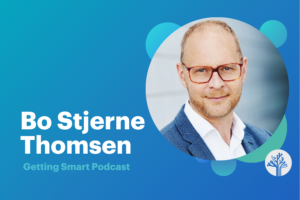
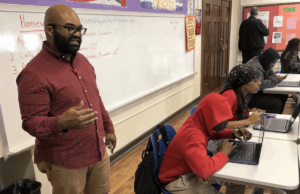

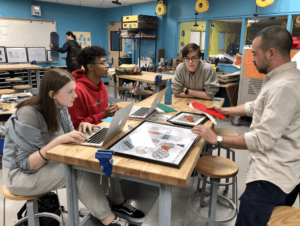
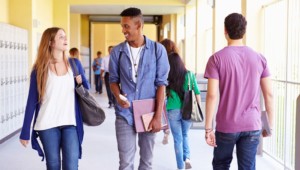
0 Comments
Leave a Comment
Your email address will not be published. All fields are required.